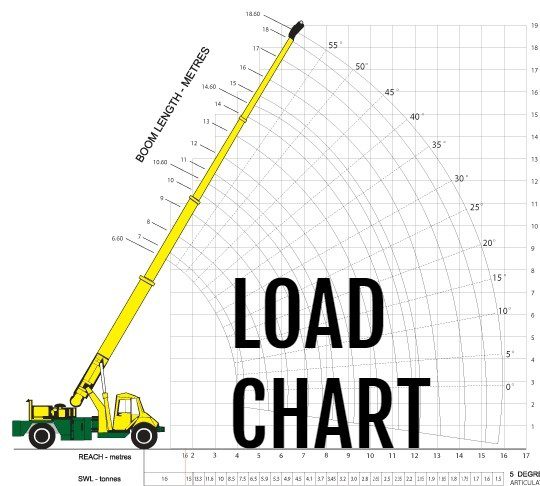


On an overhead crane, the basic components include an overhead bridge that moves back and forth along what is called a runway while the hoist moves side to side along the bridge beam.Ī tower crane’s basic components are the vertical base (the tower) and a rotating horizontal jib along which the trolley and hoist travel. Some mobile cranes require the use of outriggers, counterweights, or even on-site assembly.Ī static crane is a permanent/semi-permanent structure secured to the ground or building that is restricted to a fixed path. Some mobile cranes are capable of a “pick and carry” function, where they quite literally pick up a load and carry it to a different location via its treads or wheels. Mobile cranes are not restricted to a fixed path like a static crane. A mobile crane is mounted on treads or wheels and can be moved from job site to job site. A static crane is a permanent/semi-permanent structure fixed to the ground or building that lifts and moves loads along a fixed path. There are two main categories of cranes: static cranes and mobile cranes. In this article, you’ll learn more about: In this article, our goal is to help you establish a base-level understanding of the different types of cranes, how they’re used, and how they differ from each other. With over 65 years of providing lifting and rigging solutions, rigging inspection services, and lifting and rigging training for all types of industries, we’ve partnered with customers using virtually every type of crane. Whether you’re new to the industry, or a seasoned veteran, there’s a good chance that you’ve encountered crane equipment that you haven’t seen, or you’ve heard a crane term that you’re not familiar with. Often, the very first thing you see is a crane with its boom or mast up in the air carrying or lifting a load. When you walk onto a construction site, it’s amazing to see all of the different types of heavy equipment and machinery being used.


 0 kommentar(er)
0 kommentar(er)
